#mission san juan
Text

Along the mission trail in beautiful San Antonio. ✝️ ⛪🔔🌞🔔🔔
#san antonio#Texas missions#mission San Juan#mission San jose#mission Alamo#remember the alamo#alamo#way of saint james#the way of saint james#el camino de santiago#el camino#padre pio#spanish empire#spanish architecture#colonial era#colonial architecture#catholic church#roman catholic church#holy bible#jesus cristo#virgen de guadalupe#virgin de guadelupe#texas photographer#texas landscape#south texas#church bells#old church#spanish history#california missions#landscape photography
4 notes
·
View notes
Text




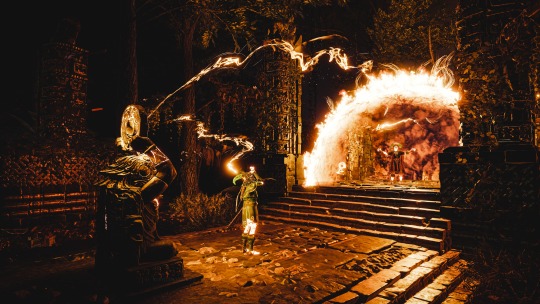
#sottr#shadow of the tomb raider#tomb raider#eidos montreal#square enix#photomode#gamingedit#virtual photography#gaming photography#mission of san juan#san juan#city of the serpent
15 notes
·
View notes
Text

Mission San Juan Capistrano - September 2021
#california#mission#museum#bells#church bells#san juan capistrano#original photography#photographers on tumblr
18 notes
·
View notes
Text



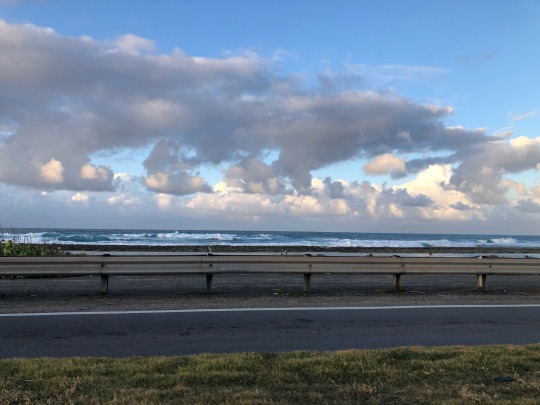
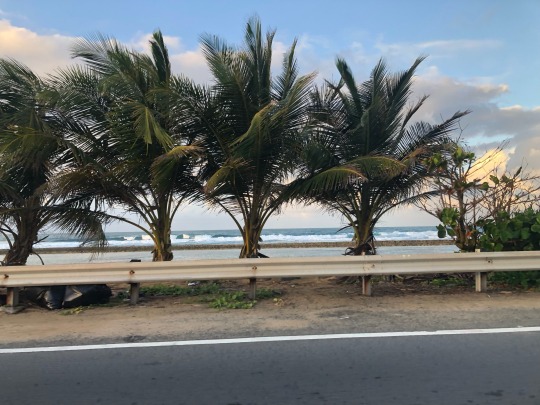


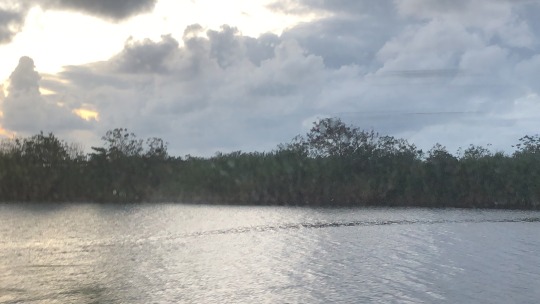


¡Felices Pascuas desde Puerto Rico! ⛰️🇵🇷
#¡Felices Pascuas desde Puerto Rico!#Happy Easter from Puerto Rico#mission trip#sightseeing#Holy Week#Easter#beaches#palm trees#San Juan Puerto Rico#Easter Sunday#Sunday afternoon#swimming
2 notes
·
View notes
Text
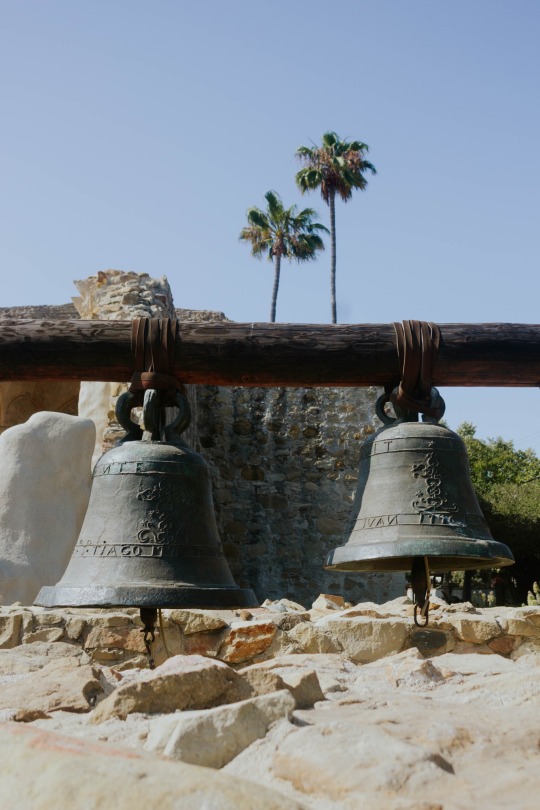







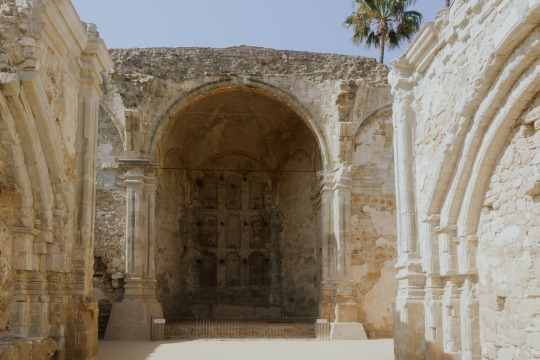

Mission San Juan Capistrano - Orange County, CA - 6.15.22
#photography#my photos#my photography#san juan capistrano#spanish mission#california#historic building#beautiful#gardens#history#church#chapel#catholic
11 notes
·
View notes
Text

"The Doctrine of Discovery" highlight
by Colin Martinez Longmore
#who is america#religious trauma#california missions#doctrine of discovery#san juan#deconvert#deconstruction#exvangelical#post christian#ex catholic#catholic#christian#post catholic
4 notes
·
View notes
Text
Mission San Juan Capistrano , City of San Juan Capistrano , San Juan Capistrano California. Travel Guide Southern California , California tour , Touring California , Travel Guide Orange County , Orange County Tour
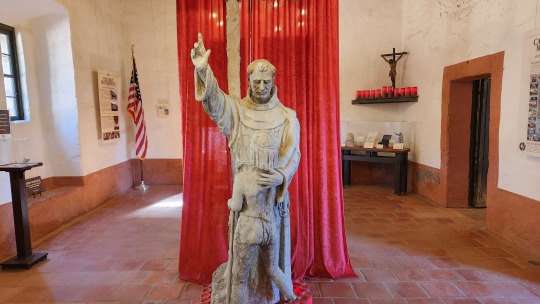

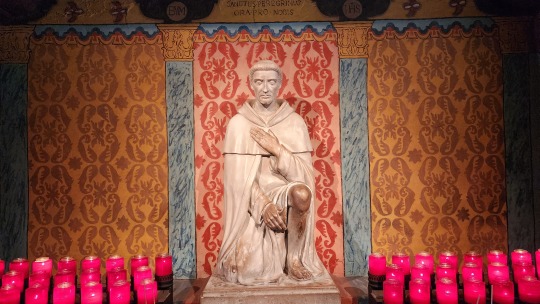
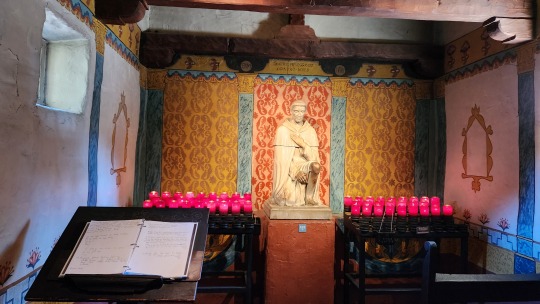


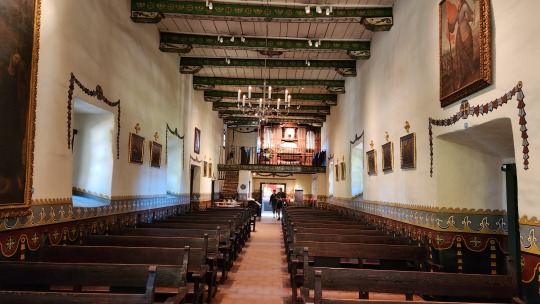

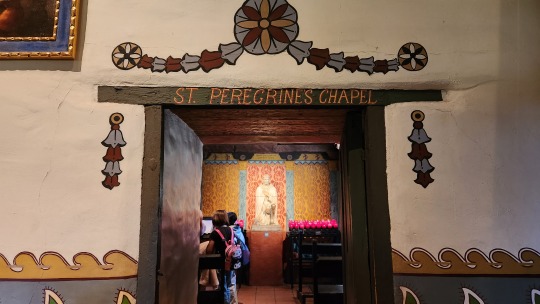


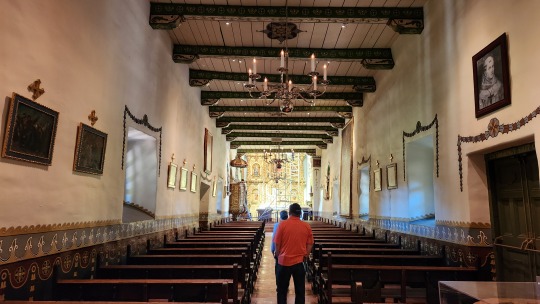
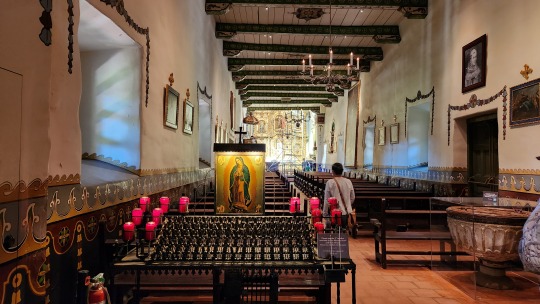
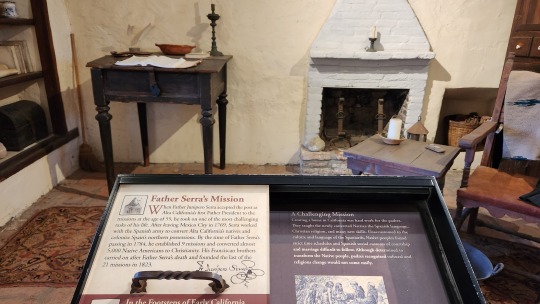

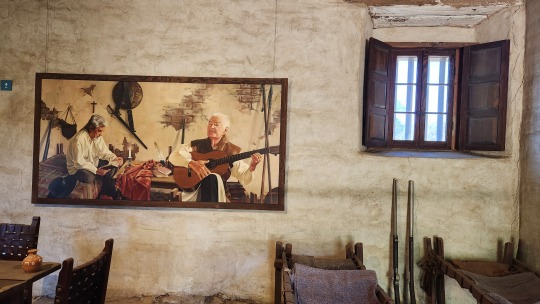
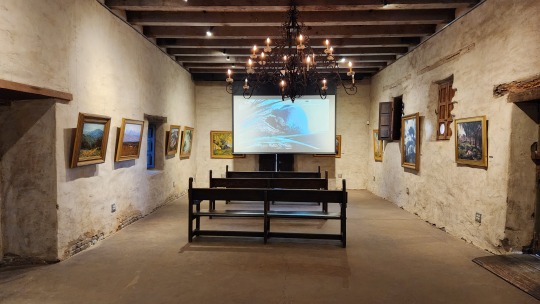

#Makymak#Makymakvrchat#Maky mak#Vrchat#Vrchat player#Mission san juan capistrano#San juan capistrano#City of san juan capistrano#San juan capistrano california#Orange county#California#Socal#Southern california#California tour#Socal tour#Travel guide socal#Travel guide california#Touring california#Touring orange county#Orange county tour#Travel#Traveling#Tour#Touring#Bodybuilder#Bodybuilding#Muscle boy#California jock#Jock#Muscle
0 notes
Text

Mission de San Juan Capistrano en el sur de California.
0 notes
Text
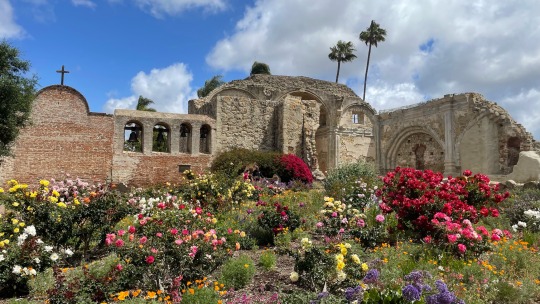

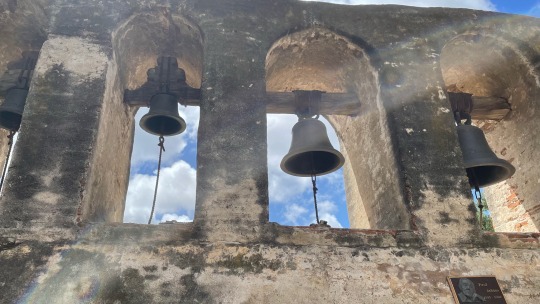
1 note
·
View note
Text
Juristac and the Amah Mutsun: Indigenous Resistance and Regeneration (Encore)
Juristac and the Amah Mutsun: Indigenous Resistance and Regeneration (Encore)
In this episode, we take a deep dive into Indigenous resistance against extractivism and the forces behind climate change. We’ll look at an underreported story in California about the Amah Mutsun Ohlone’s fight to save their most sacred site — a place called Juristac. Contributors Robert Raymond and Della Duncan explore the horrific injustices wrought upon California Indians since the time of…

View On WordPress
#Almaden Air Force Station#Amah Mutsun#Doctrine of Discovery#extractivism#Indigenous#Juristac#land trust#mission system#Mount Umunhum#Native American#Ohlone#radar tower#San Jose#San Juan Bautista#Santa Clara#Sargent Quarry Project#Sargent Ranch
0 notes
Text
A May Saturday in San Juan Bautista CA - mid-May 2002
Hi everyone
It has been almost twenty years since I went with family to Spain for about two weeks. The visit coincided with the first week of the 2002 FIFA World Cup in Japan and South Korea. Prior to that, I had visited San Jose for their Cinco De Mayo festival and also San Juan Bautista in San Benito County.
Sunday 5th May I visited San Jose for their Cinco de Mayo festival. They had a parade during the morning, and many musicians and dance groups, particularly Folklorico groups representing different states and regions of Mexico. Of course there were food vendors selling tacos, burritos, elote (roasted corn) and coconut candy, just to name a few items. I had to also make a visit to my parents as they expected me over for dinner and time to wash clothes. So I had to cut my visit to San Jose short.
At some Saturday, either the 11th or 18th May 2002, I had driven from Foster City, California, to San Juan Bautista, along US-101. The last time I was in San Juan Bautista, would have been April 1983. If you went to any elementary school close to San Jose, and were in 4th grade, more likely than not, you would have a visit to the Mission of San Juan Bautista. San Juan Bautista still remains in a size that would be reminiscent of the original California missions. The ones in San Jose, Fremont and San Francisco, would be far too urban, and for that reason, San Juan Bautista was preferred. I went inside the mission building and it was just as I remembered. The main sanctuary had a pulpit, altar, large square tiles on the floor and the pews were wood.
Just outside the mission, particularly a bit northeast of the El Camino Real, was the location of the San Andreas Fault. In October 1989, the Loma Prieta earthquake happened, and caused damage to certain locations within 75 miles / 120 km of the epicenter. I did not walk much farther from that, as I did not want to trespass on privately owned land. I went back into town.
For supper, I went to a German restaurant in downtown San Juan Bautista, called the Joan and Peter restaurant. I had some sausages, Spätzle and mixed salad, along with a half liter of Spaten Helles. In the early 2000s I did not often go out to eat German food, though I liked to drink German beer.
About 7 PM I drove back home and I think it would have been about 8:15 or 8:30 PM when I returned. The next day was family visit day so I took my clothes to my parents' house to be washed, and then the next Saturday we would fly first to Chicago O'Hare before going farther to Madrid and Sevilla. More about that will be discussed in due course.
At some stage, at work, I had been long since part of a change-management software support team (10/2000 - 05/2002), and after a long period, I had been trasferred back to the team which I had originally started with, the software that uses artificial intelligence and a developer interface reminiscent of Microsoft Visual Studio Basic. My quality of life from then had improved significantly. But more on that will be covered in the next few years.
Anyway I hope you enjoyed my short visit to Mission San Juan Bautista, and hope you will join me in the next few weeks when I visit Spain, Morocco and Gibraltar.
hasta luego y hasta breve
#San Jose#California#San Juan Bautista#Cinco de Mayo#Folklorico#Baile#Mission#San Benito#County#San Andreas Fault#earthquake#Loma Prieta
0 notes
Text
Haiti’s deepening crisis — armed groups launching an assault on the government, and the de facto prime minister on indefinite layover in the San Juan, Puerto Rico airport — is a predictable consequence of 14 years of U.S. support for undemocratic regimes connected to Haiti’s PHTK party as it has dismantled Haiti’s democracy.
Haiti has a chance at reversing this descent and returning to a more stable, democratic path, but only if the Biden administration will let it.
Prime Minister Ariel Henry was stranded in San Juan Tuesday on his way back from Kenya, where he had signed an agreement for Kenyan police to come bolster his repressive, corrupt and unpopular regime. The armed groups, including many that had collaborated with Henry’s regime, took advantage of his absence to attack government infrastructure, and free 5,000 prisoners, many of them members of armed groups. Henry had planned to fly to the neighboring Dominican Republic and take a helicopter ride back to Haiti’s National Palace under the cover of darkness. But Dominican authorities refused entry to the prime minister’s chartered plane, which re-routed to San Juan.
Prime Minister Henry has not yet resigned, and the State Department denied reports that it demanded his resignation. But Henry has clearly lost the support of the United States, which for two years had allowed him to resist Haitians demands for fair elections. Absent Washington’s support, Henry has little chance of regaining power.
This dire situation is not only predictable, it was predicted. Haitian-American officials, Haitian civil society, members of the U.S. Congress, and other experts had been warning for years that the U.S. propping up Henry would lead to increasing tragedy for Haitians. The United States, which installed Henry in power in the first place, ignored these pleas and stood resolutely by its friend. With U.S. support, Henry’s unconstitutional term as prime minister exceeded any other prime minister’s term under Haiti’s 1987 Constitution. Levels of gang violence, kidnapping, hunger, and misery also reached unprecedented levels.
The United States is still insisting on getting Kenyan troops to Haiti. The State Department has persistently — if so far unsuccessfully — tried to deploy non-American boots onto Haitian ground since Henry requested them in October 2022. The mission’s deployment initially stalled because it was widely rejected as a bad idea that will primarily serve to prop up the repressive regime that generated the crisis. Haitian civil society [groups] repeatedly insisted that the first step towards security must be a transitional government with the legitimacy to organize elections and determine how the international community can best help Haiti.
Concerns that the intervention would serve only to reinforce an unpopular regime led the countries that the Biden administration first tapped to lead the mission, including Canada, Haiti’s Caribbean neighbors, and Brazil, to pass. The U.N. itself concluded that the mission would require too much “robust use of force” to be appropriate for a peacekeeping mission. So, the Security Council took the unusual step of authorizing the mission, but on the condition that it not actually be a U.N. mission that the organization would have to take responsibility for. The Biden administration, likely concerned about election-year cell phone videos of troops shooting indiscriminately in crowded neighborhoods — as the last foreign intervention did — declined to send U.S. troops for the mission (but is considering deploying a small Marine contingent to Haiti in early March).
Last August Kenya — which did not even have diplomatic relations with Haiti but did need the hundreds of millions of dollars that the United States offered — agreed to lead the mission. The exploratory delegation Kenya sent to evaluate conditions in Haiti quickly realized how deadly the planned mission would be for Haitians and Kenyans alike, and proposed to limit its scope to protecting public infrastructure.
The United States was not open to renegotiating the deal, and Kenya withdrew its proposed limits. But Kenya’s High Court temporarily blocked the deployment as unconstitutional. Ariel Henry’s visit to Kenya was for the signature of an accord that Kenya’s President William Ruto hoped would overcome the court’s objections. Kenyan lawyers insist that the agreement itself is illegal, and are continuing their challenge. In the meantime, Kenyan officers who had volunteered for the mission are changing their minds. Another obstacle appeared on March 7, when the White House conceded that the mission cannot be deployed without congressional approval of funding.
The State Department’s insistence that the Kenyan deployment must nevertheless happen raises fears that the United States will also continue its policy of installing and propping up undemocratic regimes in Haiti. Finance Minister Patrick Boisvert, who Henry tapped as interim prime minister when he left for Kenya, increased concerns of authoritarian governance on March 6 when he declared a three-day curfew and state of emergency throughout the Port-au-Prince region in an edict that did not even mention the legal basis for his authority. The next day Boisvert raised more fears by extending the emergency measures for a month and adding in a ban on all protests.
The State Department’s rescinding its support for Henry might have been promising had the gangs not already made his ouster inevitable. State’s claim that it now supports “an empowered and inclusive governance structure” that will “pave the way for free and fair elections” might have been promising if it had not added the condition that the new government must “move with urgency to help the country prepare for a multinational security support mission.”
A legitimate, broadly supported, sovereign transitional Haitian government might request foreign police assistance. But a government allowed to form only if it accepts a U.S.-imposed occupation force originally designed to prop up a hated, repressive government is not sovereign. It may not be legitimate or broadly-supported either.
The United States tasked CARICOM, the federation of Haiti’s Caribbean neighbors, to forge a civil society consensus. CARICOM has enjoyed credibility in Haiti in the past, but over the past few months it has faced criticism for trying to strong-arm civil society into an agreement that maintained Henry’s power. Not surprisingly, CARICOM-led talks on March 6 and 7 failed.
When allowed, Haitians have a history of coming together to make their way out of a crisis. Haiti became a country in 1804 by defeating Napoleon, with almost no outside help. In 1986, when the U.S. finally withdrew its support from Jean-Claude “Baby Doc” Duvalier, Haitians eventually wrested power from the military and held fair elections. In 2006, they voted their way out of the crisis created by the U.S. kidnapping of President Jean-Bertrand Aristide two years before. In August 2021, shortly after the killing of Haiti’s last president, Jovenel Moïse, a broad-based group presented the Montana Accord that would have created a transitional government leading to elections in two years. The U.S. vetoed the accord, citing, among other reasons, that the two-year time frame was too long. That was 30 months ago, and there are no elections in sight.No amount of submission to U.S. demands by Prime Minister Henry and his predecessors can justify the absolute horror that our support has allowed them to inflict on the Haitian people. It is time for the United States to let Haitians come together and make their way out of the current crisis. Civil society [groups] [see] an opportunity for democracy in the crisis, and people all over Haiti have been meeting, discussing and negotiating to develop platforms for a broad-based, legitimate transitional government that can hold fair elections. It is expected that soon — maybe within weeks — one of these platforms will rise to the top, and civil society will coalesce around it. The United States needs to let that process happen without interference or conditions.
8 Mar 24
311 notes
·
View notes
Text

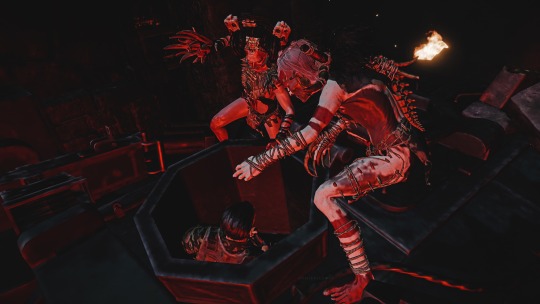

#sottr#shadow of the tomb raider#tomb raider#eidos montreal#square enix#gamingedit#virtual photography#photomode#gaming photography#mission of san juan#san juan#city of the serpent
6 notes
·
View notes
Text
obsessed with the idea of lara’s research into immortality leading her to find lazarus pits. especially given how intertwined with catholicism her coming up was; re: boarding schools and then being in the a care of roth.
#i'm working on a headcanon regarding lara's religious views by bullying my scottish friend into telling me more about what it's like in uk#but yes i could sense how very knowledgeable lara was about aspects i myself wasn't familiar with esp. in the mission of san juan in sotr.#i have many thoughts on ms. croft.#☼ ⁖ ◽ ◽ ︱ musings — i hate tombs!#☼ ⁖ ◽ ◽ ︱ study — i knew what i must become.
0 notes
Text
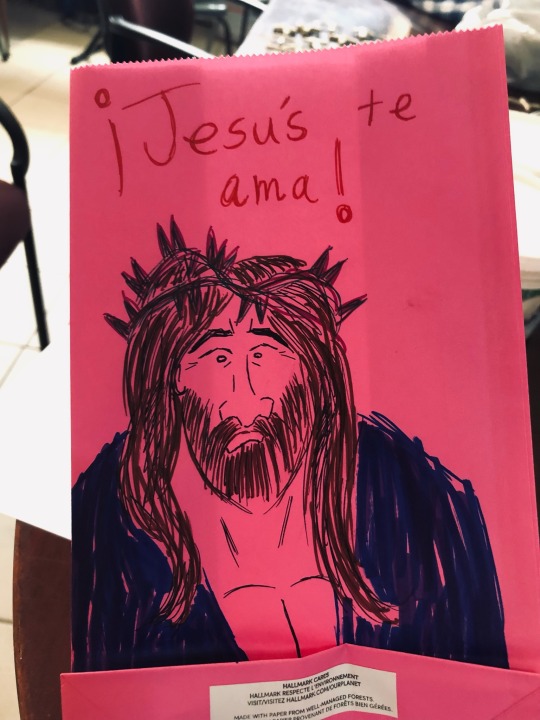


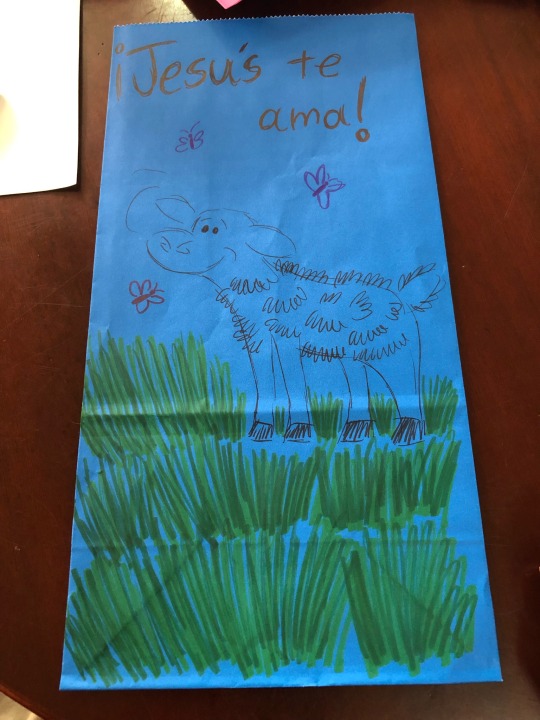


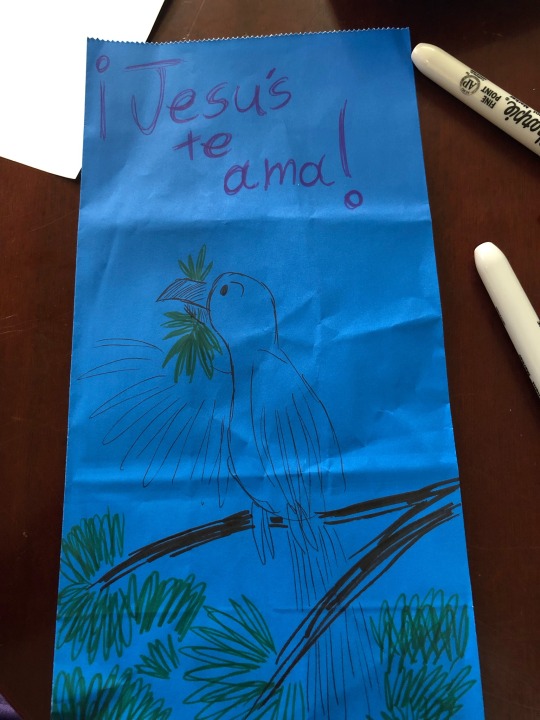



🇵🇷✝️ Today at San Pablo, I was tasked with designing gift bags to be passed out to the kids who will attend San Pablo’s Easter service this Sunday. The words “Jesús te ama” is Spanish for “Jesus loves you”. The day was mostly a day of maintenance work throughout the church.
#maintenance work#work trip#mission trip#San Juan Puerto Rico#Tuesday afternoon#Jesús te ama#character design#tiktok#Easter 2023#Easter Sunday#April 2023#Jesus Christ#Jesus is the Son of God#He is risen#Jesus loves you#God is good#kids arts and crafts#gift bags#Easter gifts
3 notes
·
View notes
Text
The relationship between colonialism and religion is more complicated than the Civilization game where you’re trying to score a religious victory and it’s easier to convert places you conquer.
It’s not a matter of religion being imposed purely for the purpose of religion being imposed even if that may have been the personal motives of individual colonizers because even if there was a truly missionary motive these missions could only exist insofar as it was economically sustainable and oftentimes this takes the form of exploitation of the indigenous population.
Also the flat conception of religious colonialism overlooks how as colonialism progressed as a type of “social technology” there was in many places a shift away from seeking to replace indigenous organized religions (if they were present in the first place) towards recruiting the indigenous religious authorities to the colonial side.
Like for example with the colonies of the Iberian powers there was no separation of church and state and I don’t just mean in the sense of “the state imposed religious dogma and the church officially endorsed the state” I mean basic everyday functions of the state relied upon services of the church. Eg; If a colonial Governor wanted to say, requisition corvee labor from villages for a building project and he wished to know the populations of these villages in order to decide which to pull laborers he wouldn’t be looking at any state mandated census but instead would rely upon the archives and records of the Catholic Church because records would be kept of church attendance. If the governor wanted to hunt some rebel named “Diego of San Juan” he’d look at baptismal records to find examples of people named “Diego” and who they’re related to.
This meant that Spanish and Portuguese colonialism had an actual material interest in enforcing religious homogeneity and Catholic supremacy because that’s how their colonial states functioned. The colonial bureaucracy was in fact synonymous with the Church’s bureaucracy and so if some people weren’t Catholic they existed outside the Church which meant they existed (at least partially) outside the State. One example that’s a bit relevant is the original version the “National Commission on Indigenous Peoples” in the Philippines was set up during the American occupation and was called “Bureau of Non-Christian Tribes” because the groups in question are largely people who existed outside of direct Spanish colonial control (and wouldve been labeled “savages” in the 19th century) and hence “non-Christian”.
Anyway in the case of the Portuguese colonial empire in Asia this wound up being part of the reason for its collapse. By making their state function in the requirement that it’s subjects be observant Catholics the Portuguese had a lot of trouble making allies because if indigenous elites could be persuaded to convert then great but if they didn’t then they were gonna get really pissed off especially when they start hearing the Portuguese are torturing people under their rule that feel the same. And so without a network of allies the Portuguese colonial empire in Asia began to fall apart leaving only Goa, Macau and East Timor. Elsewhere the Portuguese had been replaced by the Dutch, English and French all of whom had systems of governance which was not as so dependent on doctrinal supremacy as the Iberians eg; the Dutch agreed to help the Shogunate put down a Christian revolt in 1638 and the East India Company actually banned Christian missionaries from operating in its territories until 1813 when Parliament forced them to allow Christian missionaries to preach.
Now of course the EIC example is in particular interesting because what you’re basically seeing is the colonial state shedding its reliance on the Christian Church in favor of courting the support of indigenous religious leaders and recruiting them into the colonial apparatus but at the same time you have churches seeking to operate whats can be considered a type of “rival” colonial project that would have an almost parasitic relationship in that the churches profited in their own way while also in a way undermining the local legitimacy of the official colonial state.
738 notes
·
View notes